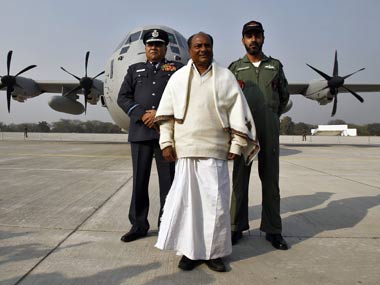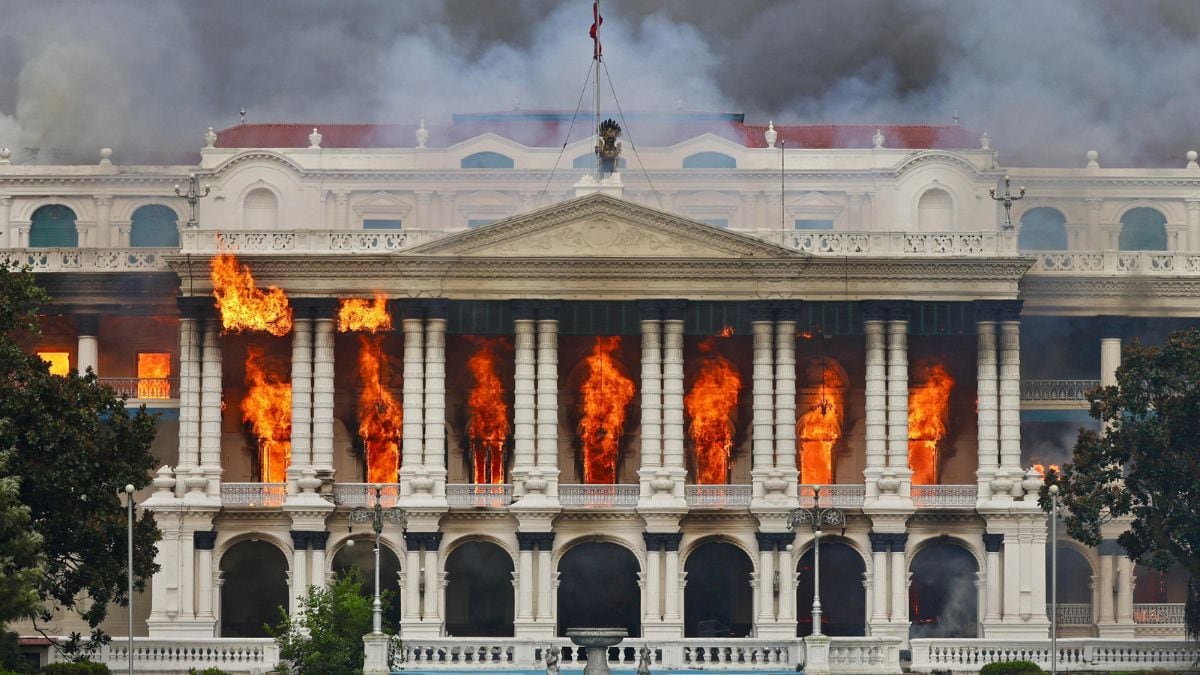New York: India is about to ink yet another $1.2-billion deal with the US to procure six more Lockheed Martin-manufactured C-130J Super Hercules airlifters, even as the Indian Air Force gears up for intensive training on the first six of these US military tactical cargo planes. If there’s one issue that still enjoys bipartisan support in the US Congress these days, it’s that co-operating with India on military acquisitions would be a swell idea. The Pentagon notified the US Congress on Thursday about India’s planned purchase under a government-to-government foreign military sales (FMS) arrangement. Analysts expect the proposed sale to be green lighted by December. Air Chief Marshal Norman Anil Kumar Browne has indicated that he expects a formal agreement with the US by January 2012. [caption id=“attachment_119076” align=“alignleft” width=“380” caption=“Defence Minister AK Antony and, in the background, the C-130J Super Hercules airlifter at the Hindon airbase. Adnan Abidi / Reuters”]  [/caption] “This proposed sale will contribute to the foreign policy and national security of the US by helping to improve the security of an important partner and to strengthen the US-India strategic relationship," the US Defence Security Cooperation Agency said in a notification to the Congress. The proposed sale is expected to provide India with a “credible special operations airlift capability that will help deter aggression in the region” and provide enhanced humanitarian assistance and disaster relief support. The C-130 has been in continuous production since 1954 and more than 2,300 Hercules have been built for 67 countries. The improvements built into the C-130J, which entered production in 1997, have enhanced the performance of the plane in terms of its range, cruise ceiling time to climb, speed and airfield requirements. This deal is estimated at roughly $1.2 billion, covering six aircraft with six spare engines, eight AN/AAR-47 missile warning systems, eight AN/ALR-56M advanced radar warning receivers, eight AN/ALE-47 counter-measures dispensing systems (two of them spares), eight AAQ-22 Star SAFIRE III special operations suites, eight ARC-210 radios and 3,200 flare cartridges. India’s first six Hercules airlifters were acquired for $1.1 billion with a big training and support package with abundant spares and special equipment. New Delhi is aware that many of its purchases are big-ticket items. Under current Indian rules, foreign companies that win orders in excess of about $62 million, must draw at least 30 percent of that order from domestic suppliers or make a similarly sized investment within India, in what is known as an offset. Under that agreement, Lockheed Martin set up an advanced simulator at IAF’s Hindon airbase where the first batch of C-130J Super Hercules airlifters is located. The second batch of planes would be based out of Charbatia in Orissa to serve the country’s northeastern region and the Andaman and Nicobar Islands which have been buzzing with military activity as India bolsters its maritime defences. The cluster of 572 islands lies just 175 miles south of mainland Myanmar, a close ally of China. A recent Congressional Research Service report found that India was the biggest buyer of conventional arms among developing nations in 2010 and had global defence giants lining up to capture $5.8 billion in new deals. As China grows wealthier and builds up its military, other nations in the region like India really don’t have a choice but to amass weapons of their own. India had long focussed its military planning on Pakistan, and Pakistan-based militants, but it is now growing more worried about feuding with China over the border they share in the Himalayas, where China continues to claim land in Arunachal Pradesh. India’s defence budget, which is roughly $32 billion for the year ending 31 March, has increased 151 percent in the past decade. Given the hostile neighborhood that India is wedged in, the government expects military spending to grow at about 8.33 percent annually in the coming years.
India’s arms acquisition, reflected in a 150 percent increase in its defence budget over the past decade, is driven in part by a need to play catch-up with China.
Advertisement
End of Article


)

)
)
)
)
)
)
)
)



